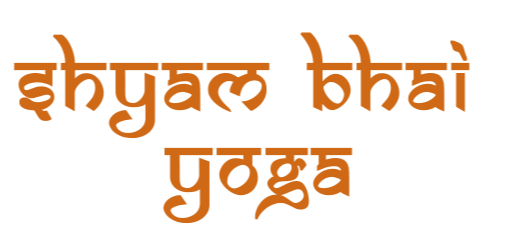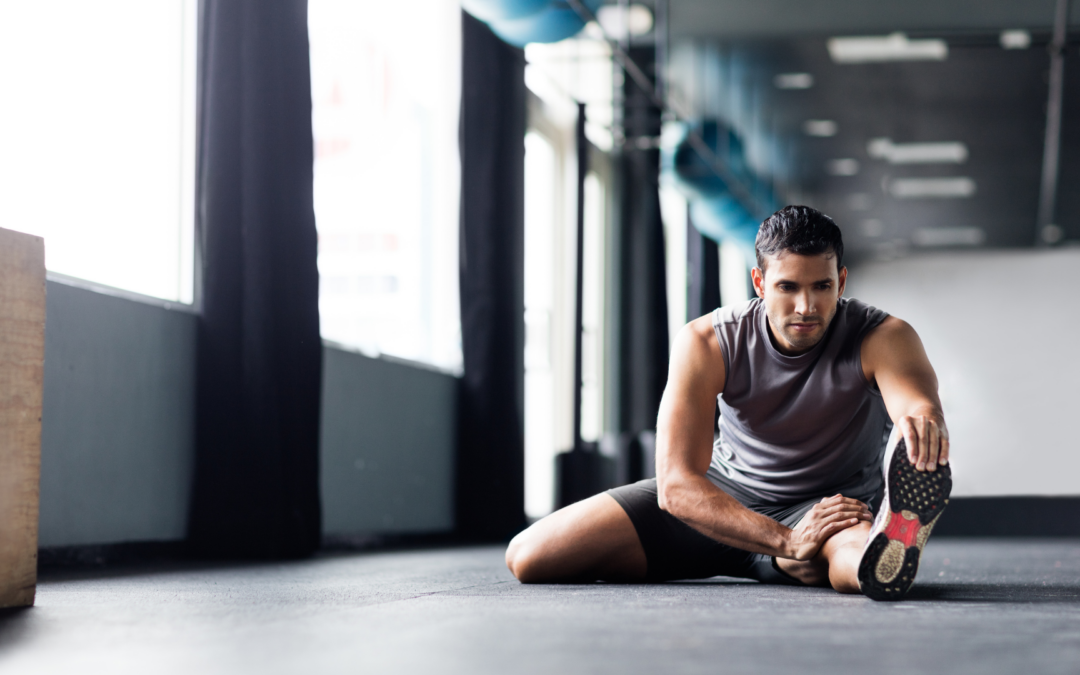Post-Workout Yoga Sequence for Muscle Recovery
After an intense workout, your muscles are fatigued, tight, and in need of proper recovery to prevent soreness and injury. Yoga has long been recognized as a powerful tool for muscle recovery, helping to stretch, relax, and heal the body.
Integrating a post-workout yoga sequence, such as the Shyambhai Yoga method, can enhance muscle recovery, improve flexibility, and promote overall well-being.
In this article, we will explore a comprehensive Personal Yoga Classes Online are the best classes for post-workout yoga routine designed to aid muscle recovery using the principles of Shyambhai Yoga.
Why Post-Workout Yoga is Essential for Muscle Recovery

1. Reduces Muscle Soreness
Intense workouts often lead to delayed onset muscle soreness (DOMS). Yoga stretches help reduce stiffness and improve blood circulation, which speeds up recovery.
2. Enhances Flexibility
After a workout, muscles tend to contract and tighten. Yoga elongates muscle fibers, increasing range of motion and flexibility.
3. Improves Blood Circulation
Stretching and deep breathing in yoga improve circulation, delivering oxygen and nutrients to muscles for faster healing.
4. Relieves Stress and Tension
Physical exertion can lead to tension in the body. Yoga postures help release stress and promote relaxation, aiding in overall recovery.
5. Prevents Injuries
By improving muscle elasticity and mobility, yoga reduces the risk of injuries caused by tight or overworked muscles.
Shyambhai Yoga for Post-Workout Muscle Recovery
Shyambhai Yoga is a holistic approach that combines traditional yoga poses with breathwork and mindfulness to enhance muscle recovery.Here come the article that will briefly understand the study of Effect of Post-Exercise Yoga Poses on Eccentric Exercise-Induced Muscle Soreness, Pain, and Activities of Daily Living will easy your life from pain.
Below is a detailed sequence of yoga poses following the principles of Shyambhai Yoga.
1. Child’s Pose (Balasana)
Lower back, hips, quads
- Kneel on the floor and sit back on your heels.
- Extend your arms forward and lower your forehead to the mat.
- Breathe deeply and hold for 1-2 minutes.
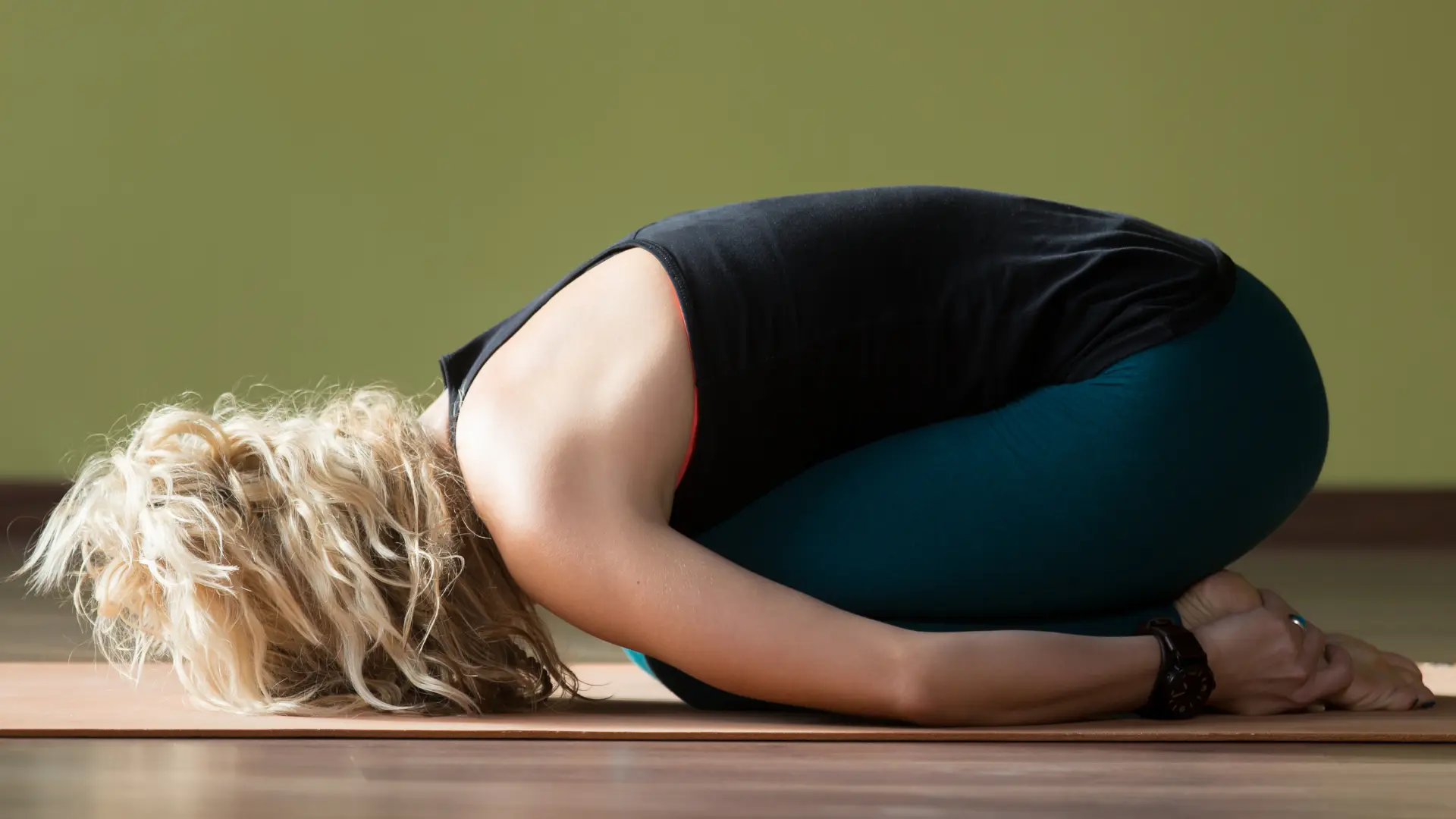
2. Downward Facing Dog (Adho Mukha Svanasana)
Hamstrings, calves, shoulders, spine
- Start in a tabletop position with hands and feet on the floor.
- Lift your hips up and back, forming an inverted ‘V’ shape.
- Keep your heels reaching toward the ground and engage your core.
- Hold for 30-60 seconds.

3. Standing Forward Bend (Uttanasana)
Hamstrings, calves, lower back
- Stand with feet hip-width apart and hinge at the hips to fold forward.
- Let your upper body hang freely, relaxing the neck and shoulders.
- Hold for 30-60 seconds.
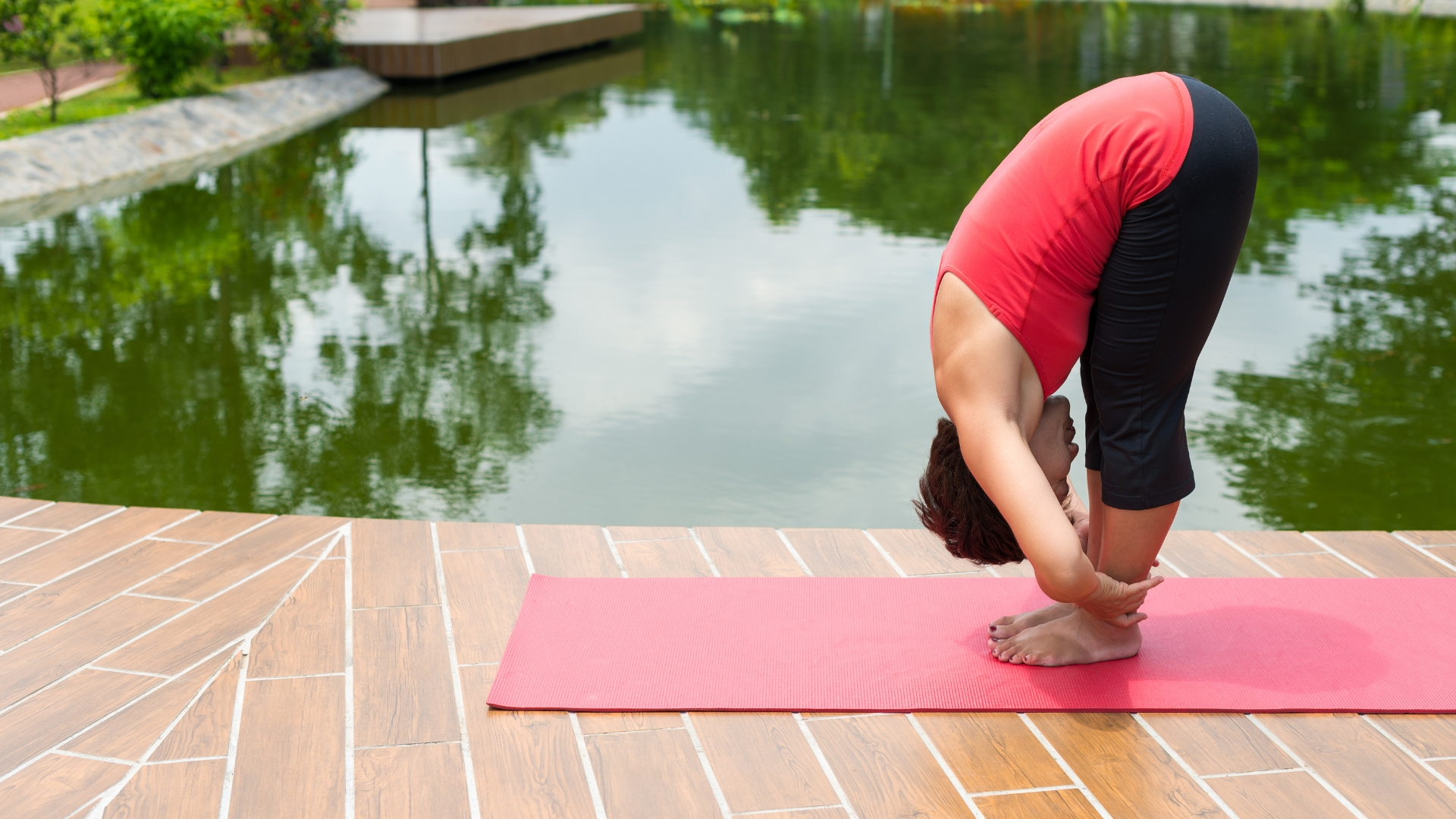
4. Low Lunge (Anjaneyasana)
Hip flexors, quads, glutes
- Step one foot forward into a lunge position, keeping the back knee on the floor.
- Lift your arms overhead and stretch upward.
- Hold for 30-60 seconds on each side.
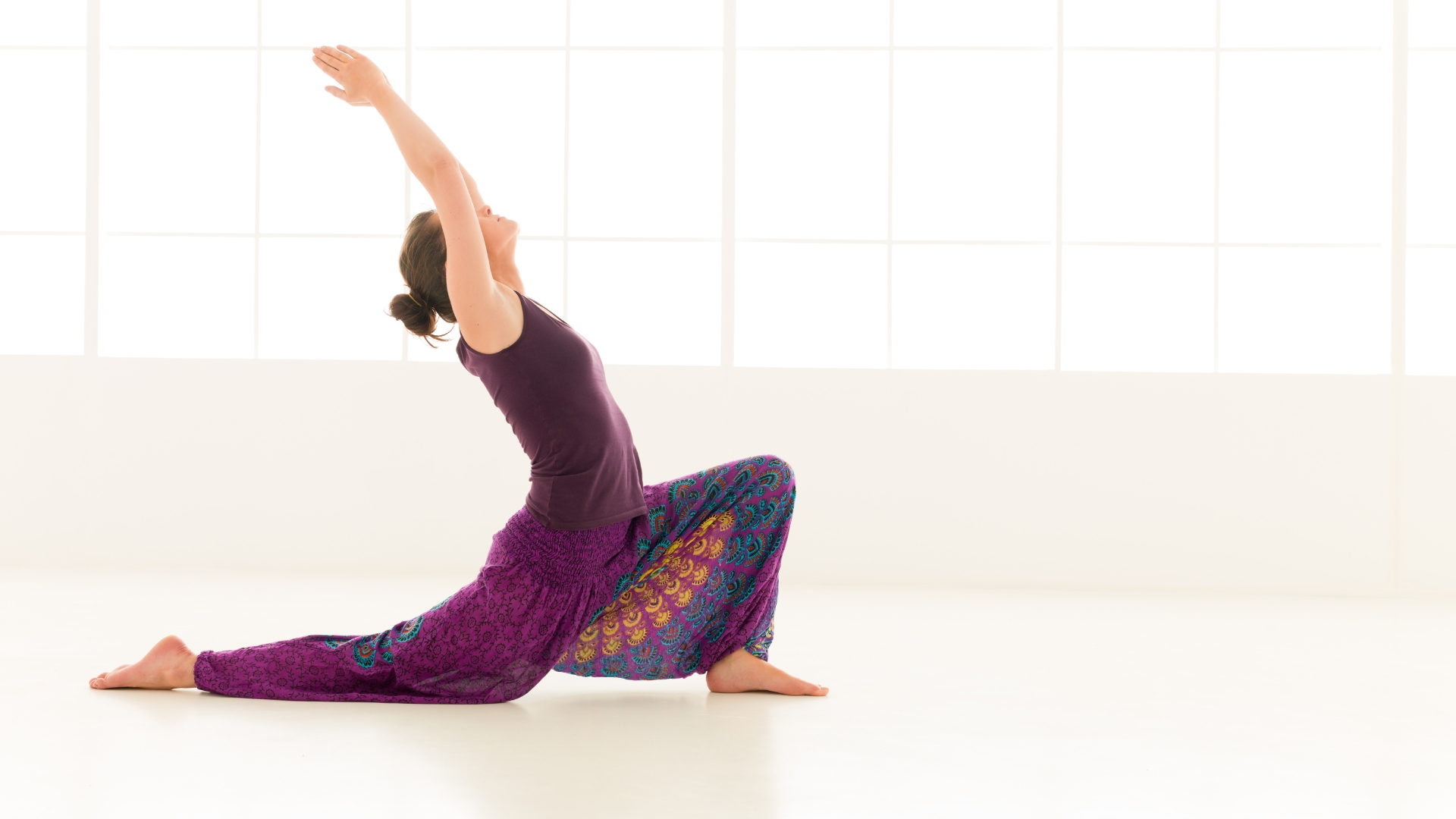
5. Seated Forward Bend (Paschimottanasana)
Hamstrings, lower back, spine
- Sit with legs extended straight in front of you.
- Hinge at your hips and reach forward, trying to touch your feet.
- Hold for 30-60 seconds.
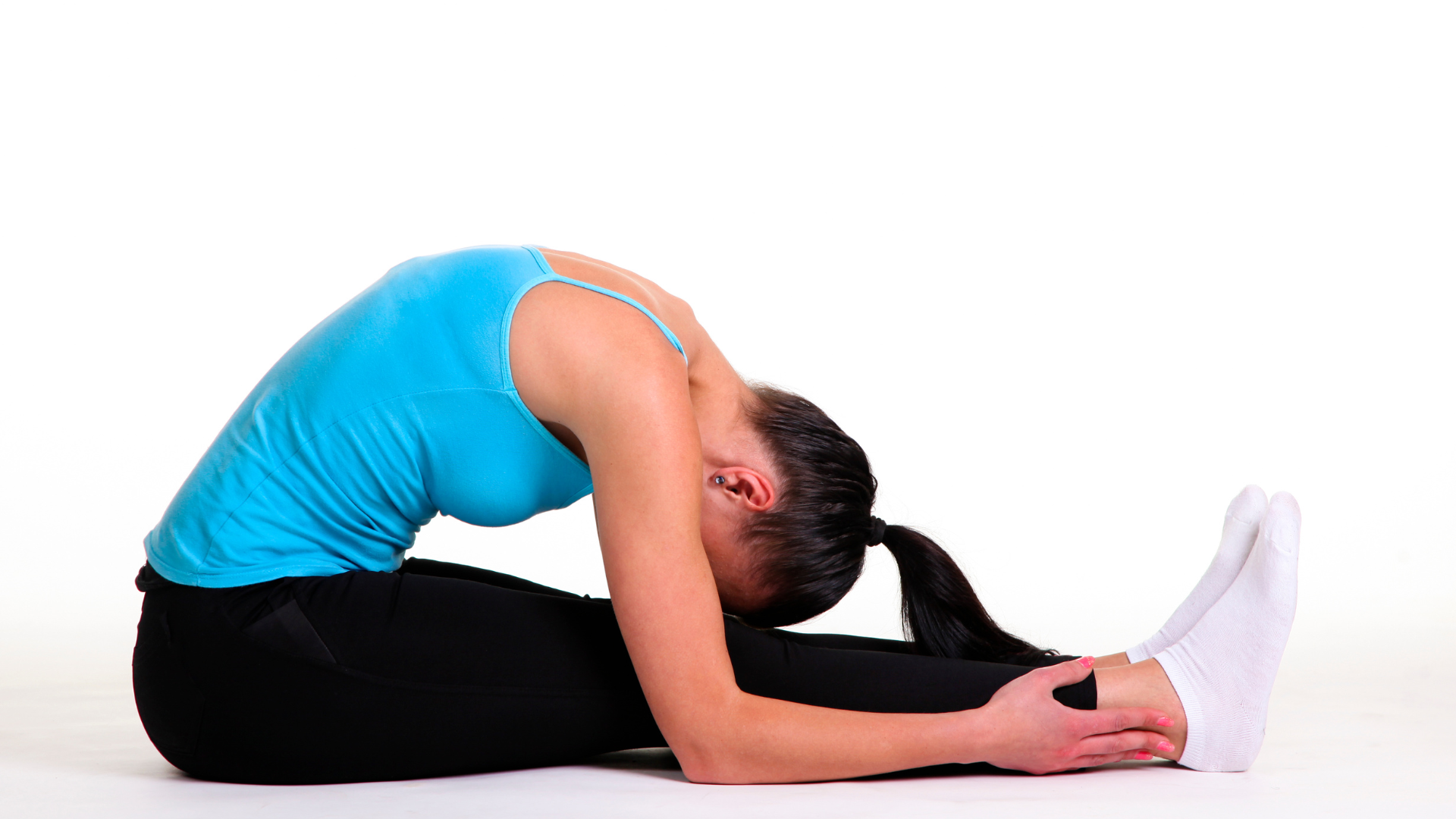
6. Butterfly Pose (Baddha Konasana)
Inner thighs, hips, groin
- Sit with feet together and knees bent outward.
- Hold your feet and gently press the knees toward the ground.
- Hold for 30-60 seconds.
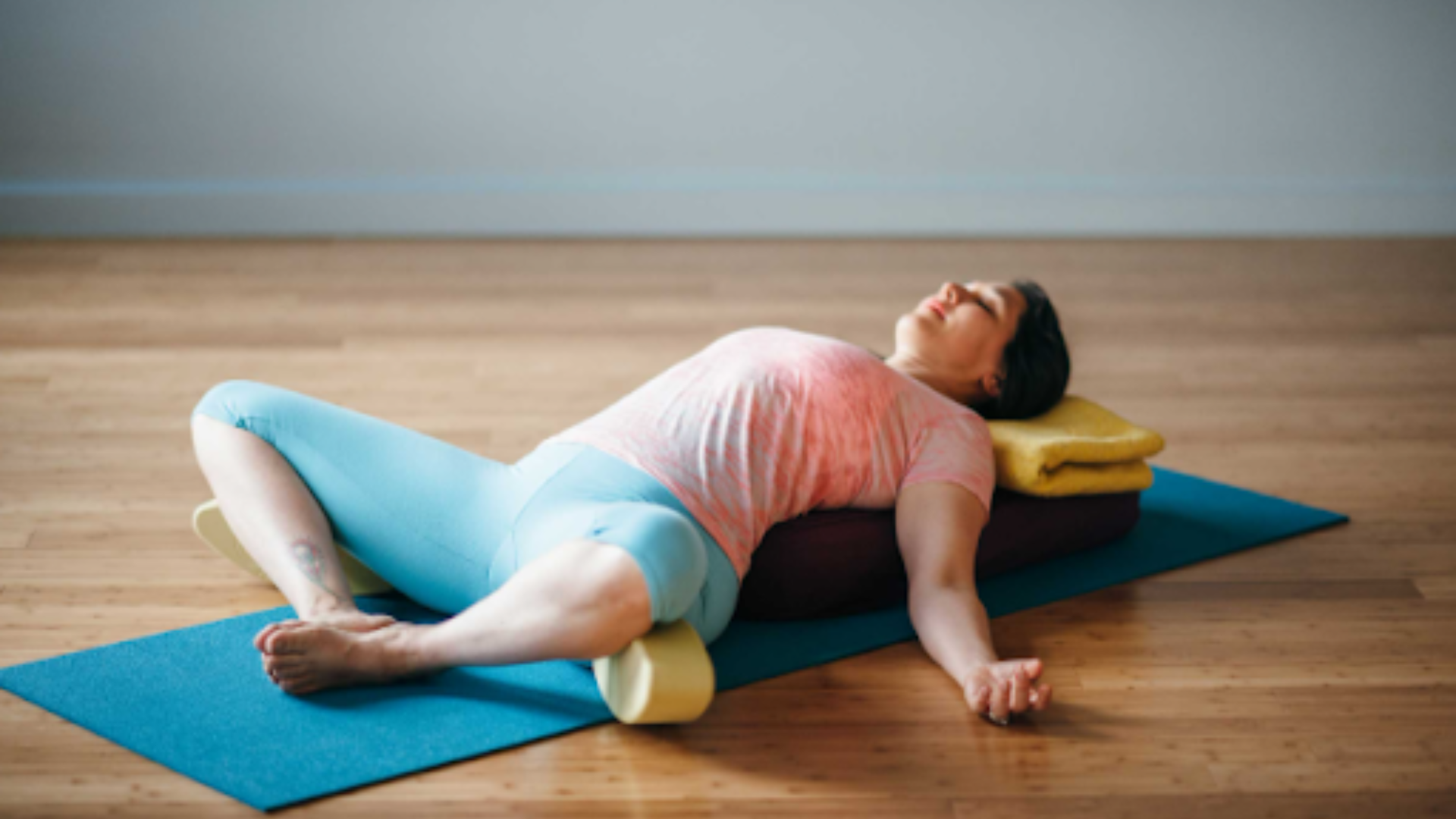
7. Reclined Spinal Twist (Supta Matsyendrasana)
Spine, obliques, lower back
- Lie on your back and bring one knee across your body.
- Extend the opposite arm and look in its direction.
- Hold for 30-60 seconds on each side.

8. Legs Up the Wall (Viparita Karani)
Legs, lower back, circulation
- Lie on your back and extend your legs up against a wall.
- Keep your arms relaxed by your sides.
- Hold for 2-5 minutes.

9. Corpse Pose (Savasana)
Full-body relaxation
- Lie flat on your back with arms relaxed by your sides.
- Close your eyes and focus on deep breathing.
- Hold for 5-10 minutes.
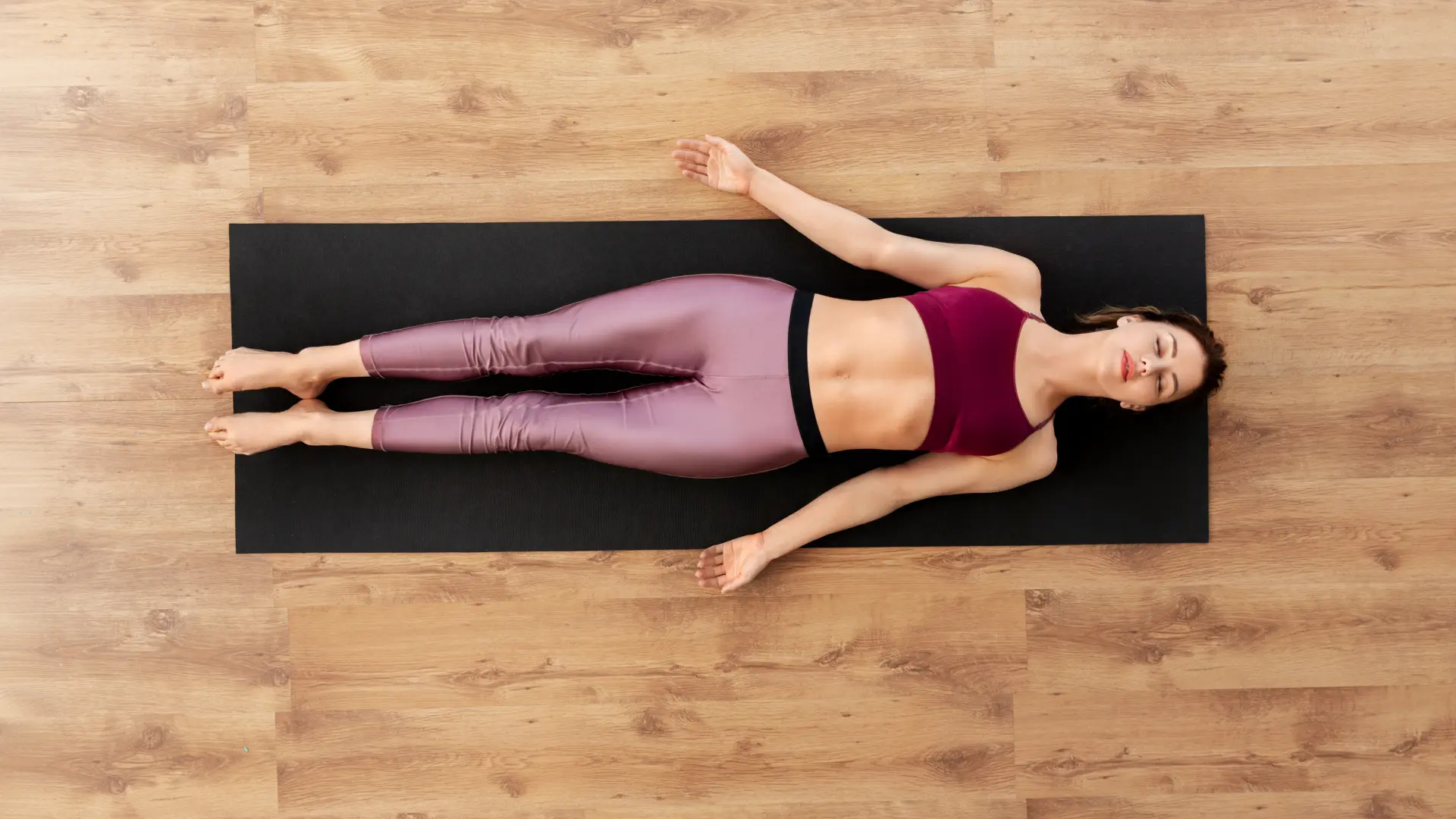
The Role of Breathwork in Shyambhai Yoga
Breathing techniques, or Pranayama, play a significant role in muscle recovery. Breathe, Stretch, and Smile: Yoga for a Happier You this article makes you breathe and live happy.
During this post-workout yoga sequence, incorporate the following breathing exercises:
1. Deep Belly Breathing (Diaphragmatic Breathing)
- Inhale deeply through your nose, expanding the belly.
- Exhale slowly through your mouth.
- Repeat for 5 minutes.
2. Alternate Nostril Breathing (Nadi Shodhana)
- Close one nostril and inhale through the other.
- Switch nostrils and exhale.
- Continue for 5 minutes.
Tips for Maximizing Muscle Recovery with Shyambhai Yoga
- Practice Consistently: Aim for at least 10-15 minutes of yoga after every workout.
- Hydrate Well: Drink plenty of water to flush out toxins and aid recovery.
- Focus on Breath: Deep breathing enhances relaxation and oxygen delivery.
- Use Props if Needed: Yoga blocks or straps can assist in deeper stretches.
- Listen to Your Body: Never force a stretch—progress gradually.
Muscle Recovery with Shyambhai Yoga
Muscle recovery is an essential component of any fitness regimen, ensuring optimal performance, injury prevention, and overall well-being. Shyambhai Yoga, a holistic approach to yoga that combines traditional asanas with mindfulness and breath control, can significantly enhance muscle recovery. Below are some effective strategies to maximize muscle recovery using Shyambhai Yoga.
1. Incorporate Gentle Yoga Flows
Engaging in slow, gentle yoga flows helps to alleviate muscle tension and promote flexibility. Poses such as Cat-Cow (Marjaryasana-Bitilasana) and Child’s Pose (Balasana) stimulate blood circulation, providing oxygen and nutrients to sore muscles, accelerating healing and reducing stiffness.
2. Practice Restorative Yoga Poses
Restorative yoga poses help relax the nervous system and relieve muscle soreness. Postures like Legs-Up-The-Wall (Viparita Karani) and Reclining Bound Angle Pose (Supta Baddha Konasana) aid in reducing inflammation and enhancing lymphatic drainage, expediting muscle recovery.
3. Engage in Deep Breathing Exercises (Pranayama)
Controlled breathing techniques, such as Nadi Shodhana (Alternate Nostril Breathing) and Bhramari (Bee Breath), enhance oxygen supply to the muscles. Increased oxygenation assists in cellular repair and detoxification, ensuring muscles recover effectively after intense workouts.
4. Perform Gentle Stretches Post-Workout
Shyambhai Yoga encourages post-workout stretching to prevent tightness and soreness. Poses like Downward-Facing Dog (Adho Mukha Svanasana) and Seated Forward Bend (Paschimottanasana) elongate the muscles, reducing the risk of cramps and stiffness while enhancing flexibility.
5. Incorporate Yoga Nidra for Deep Relaxation
Yoga Nidra, or yogic sleep, is a guided meditation practice that promotes profound relaxation. It allows the body to enter a state of deep healing and recovery by reducing stress hormones and improving overall muscle regeneration.
6. Use Self-Massage and Myofascial Release Techniques
Combining Shyambhai Yoga with self-massage techniques, such as rolling a tennis ball over sore muscles or using a foam roller, can release knots and enhance blood circulation. Massaging specific trigger points can break down muscle adhesions and promote relaxation.
7. Stay Hydrated and Maintain Proper Nutrition

Proper hydration and nutrition are crucial for muscle recovery. Drinking enough water before and after yoga sessions flushes out toxins and keeps muscles hydrated. Additionally, consuming protein-rich foods, healthy fats, and anti-inflammatory foods like turmeric and ginger aids in muscle repair and recovery.
8. Consistency and Mindful Awareness
Consistency in practicing Shyambhai Yoga ensures long-term benefits. Being mindful of body signals and practicing yoga regularly fosters greater body awareness, allowing you to prevent overuse injuries and optimize muscle recovery.
Conclusion
Incorporating a post-workout yoga sequence into your fitness routine, especially following the Shyambhai Yoga method, can significantly improve muscle recovery, flexibility, and overall well-being.
By practicing these poses mindfully, focusing on breath control, and maintaining consistency, you will enhance your physical performance and reduce the risk of injuries. Start integrating this yoga routine today for a healthier and more resilient body!
Inquiry
If you have any questions, please feel free to reach out. We’ll be glad to help!
